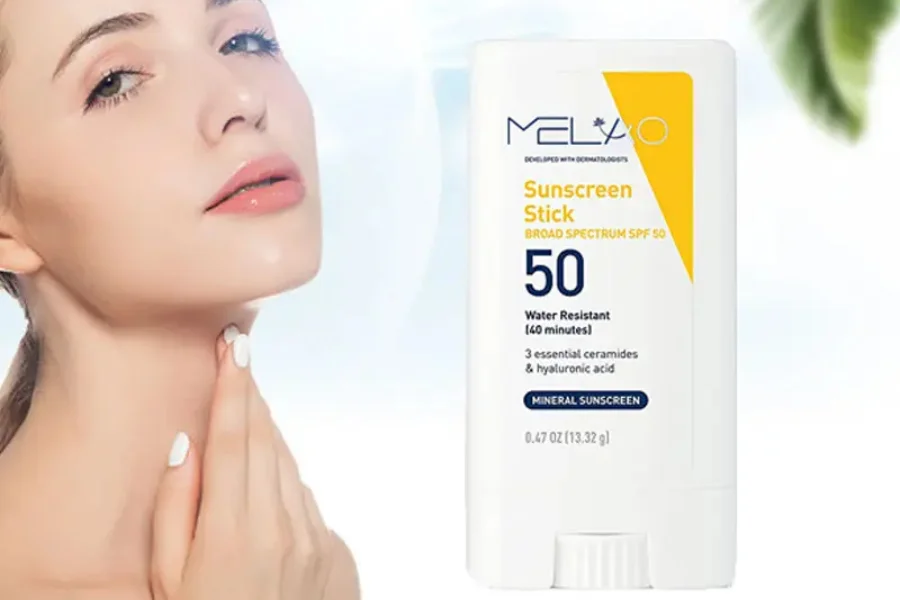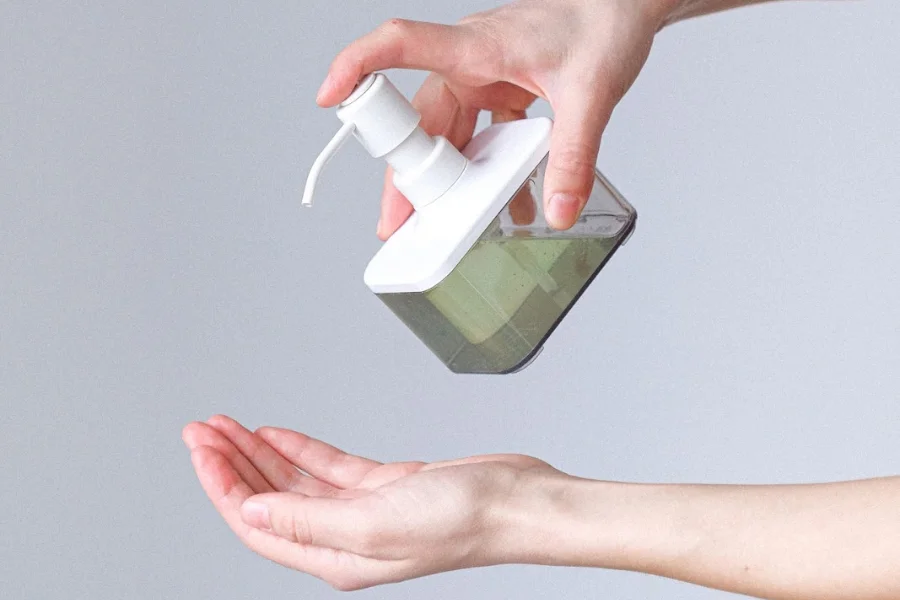Driven by a need for more sustainable and affordable beauty, a new wave of waterless products is advancing. Discover how solid formats are evolving to become the high-performance formulas consumers seek. Despite this improvement in performance, many consumers still have concerns regarding solution formulations, so read on to learn how to design products to appeal to all consumers and how to market to the skeptics.
Table of Contents
The market for solid formulations
High-performance solid skincare
Next generation in solid design
Bring your own water (BYOW) formulations
Packaging
Solid formulations are the future
The market for solid formulations
Concerns about the amount of water in beauty products are rising. The UN predicts that by 2025, approximately two-thirds of the population will be living in water-stressed conditions. Solid beauty formulations, which either remove water or ask customers to add water at home, will appeal to people worried about their water usage and environmental footprint or who live in areas where water is less accessible. 13% of UK consumers and 15% of French consumers are interested in dry-use soap, bath and shower products. Solid beauty represented 1% of total U.S. skincare sales.
Amidst a cost-of-living crisis, the cost is another factor that drives consumer choices regarding beauty products. Removing water improves both the shelf-life of the products and the overall percentage of active ingredients.
As the desire for solid formulations increases, the category is becoming more sophisticated through formats and formulations to meet the needs of the skintellectual consumer who demands product performance. A 2022 study found consumers across Europe and the U.S. rated “efficacy” as the most important type of information when making a beauty purchase — “sustainability” ranked as the fourth priority.
High-performance solid skincare
Solid formats have traditionally been viewed as inferior to their liquid counterparts. Beauty brands need to boast high-performance solid formulations to appeal to skintellectual consumers. Win over the skeptical skintellectual through consumer and clinical trials to prove efficacy. Also, consider offering miniature discovery sets to lead people to full-size products and appeal to the cost-conscious consumer.

Next generation in solid design
Innovation is driving an improved user experience with solid formats. Common complaints about hard-to-hold bars or non-foaming formulas are being addressed by brands looking to stand out in this crowded industry. Look beyond the traditional soap bar shape in the design process and consider how solid formats can best suit consumer lifestyle demands.
Solid formats are looking toward balm-style products such as a moisturizing balm or sunscreen stick.
When it comes to soaps, some consumers lean toward one-use foaming soap paper to avoid storage problems with solid formats — they can be used at home in the shower, or on the go for hand washing.
In designing solid formulations, it’s also important to consider other accessibility needs; for example, holding a bar of soap. Consider soaps of different shapes or with rough, exfoliating edges to make them easier to hold.

Bring your own water (BYOW) formulations
Bring your own water (BYOW) formats are more accessible to many consumers who seek environmentally-friendly options that don’t differ hugely in user experience. Unlike solid bars that are warmed on the skin and loosened with a bit of water, waterless tablets, powders, or flakes are mixed with water by the customer at home. BYOW formats are still more environmentally friendly than traditional formats as the lighter weights and reduced packing help lower fuel emissions and costs in transportation.
Here are some great BYOW formulations:
Packaging
Solid products pose unique issues when it comes to packaging. A delicate product must be protected in transit, stored hygienically between uses, and meet consumers’ sustainability demands. Many solid formats are housed in recycled and recyclable cardboard, but innovation in this area offers alternatives such as biodegradable packaging.
To help make the transition to solids easy, bathroom storage solutions are crucial and must solve customer concerns about hygiene. Many consumers are hesitant to try solid formats due to concerns about cleanliness between uses. “The accessories are key to aesthetics, performance, and creating a luxury experience,” founder of SBTRCT, Ben Grace, told Vogue Business. Consider refillable packaging.
Solid formulations are the future
When creating solid formulations, use tried-and-tested active ingredients, conduct consumer trials, gain community reviews, and create sampling programs. Alongside high-performance solid formulations, take the time to educate your customer base. Help make the transition to solid formulations easy by using marketing channels to explain how to use and store products most effectively and the positive impact on the environment.
While sustainability isn’t the only factor driving consumer choice regarding solid formulations, beauty brands should still practice sustainability throughout the value chain. When positioning your solid formulations as sustainable, look across the board to ensure consistency — focus on ingredient sourcing, packaging, the supply chain, and the company’s overall ethics. When it comes to packaging, invest in ergonomic, innovative designs and packing systems to help overcome common customer concerns.
Solid formulations are the future of the beauty industry; make sure you are thinking about sustainability and how to support your customers in switching to high-performing solid formulations.




